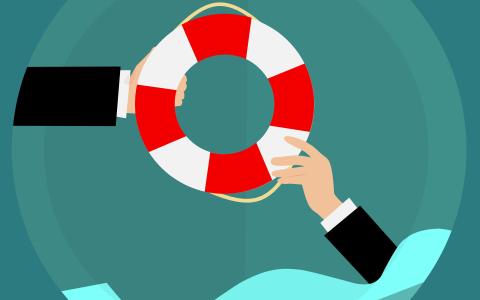
(Bloomberg) - The percentage of companies that have defaulted on their debt more than once has reached its second highest level since 2008, according to a new report from S&P Global Ratings.
Around 35% of total global defaults in 2023 were by issuers that are “re-defaulters,” a trend that’s also dampening recoveries, Nicole Serino, director of credit research and insights at the ratings company, said in a report. That’s in part because of an increase in the number of issuers with ratings of B- or below, which have high levels of debt.
“These capital structures were set up during times of lower rates and in anticipation of lower rates,” Serino said in an interview. “You saw that bubble grow, and grow, and grow.”
Higher-than-estimated consumer inflation has lowered expectations for the number of rate cuts from the Federal Reserve this year. That so called higher-for-longer environment will make it more difficult for the most leveraged, high-risk companies, especially those that have already defaulted.
The uptick in re-defaults comes as more and more borrowers opt to undergo distressed exchanges, which are agreements that deal losses to creditors and help companies and their owners avoid bankruptcy.
Such transactions only provide “a temporary reprieve to issuers in regaining their footing,” said S&P, which labels those as “selective defaults.”
The greatest share of borrowers in selective default are re-rated CCC+, one that suggests a high probability of defaulting again, according to the analysis. The report also found that investors suffer more losses on capital structures that have defaulted multiple times, especially those in senior unsecured bonds, where recoveries plunged from around 60% to around 40%.
The US speculative-grade default rate was 4.8% through the end of March, according to estimates by S&P, which measures the percentage of issuers defaulting in the trailing twelve months.
By Jill R. Shah




